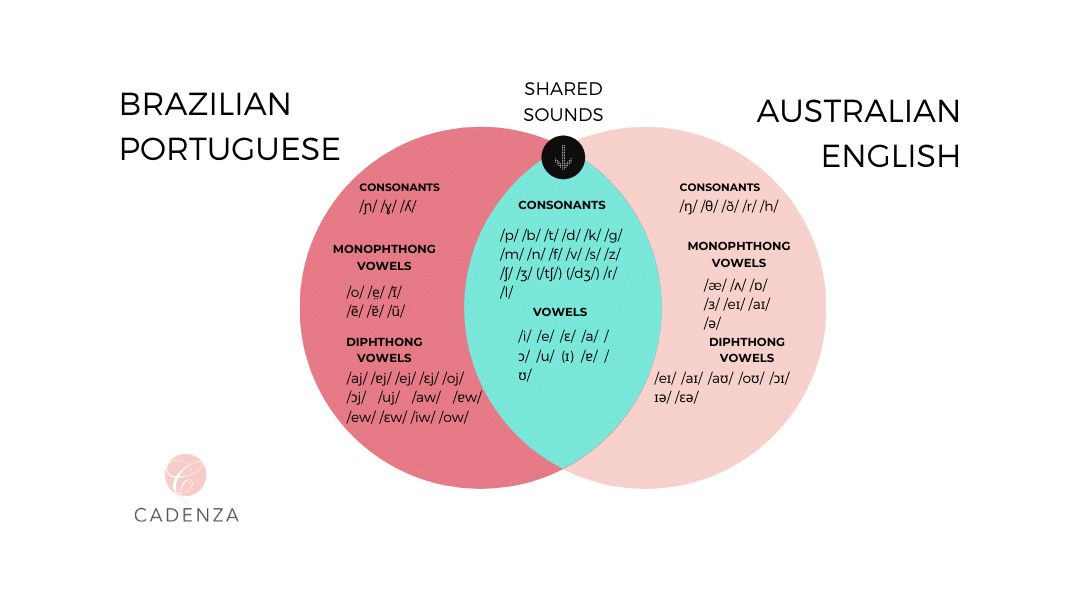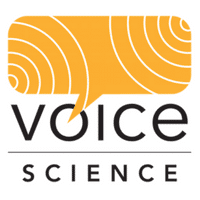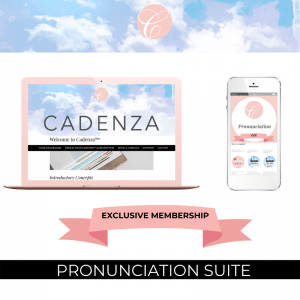Improve your Speaking with Pronunciation Goals
Learn about the best structure you need to follow to improve your pronunciation.

Pronunciation goals and you. There isn’t a Personal Blueprint for your communication success unless you make it!
So much hangs in the balance the moment you open your mouth to speak.
There’s the tone of your voice…
The clarity of your sounds…
The flow of your speaking…
The flexibility of your vocabulary…
All these things and many more can make or break your message.
Sometimes it goes swimmingly. High five for those times? We hope you know them.
Other times, we’re facepalming.
When something goes wrong while you’re speaking it stings.
If you are struggling to pronounce English words or speak with flow, it’s time to take stock.
Today’s blog is going to teach you all about the best structure you need to follow to improve your pronunciation.
Are you ready?
Let’s get started with some Pronunciation Goals!
If you want to improve your pronunciation, you need to be systematic. A powerful hierarchy is used in this process so let’s check it out.
What Sounds did Your First Language Give You?
We all started life with a first language and what a blessing that is.
At Voice Science, we always check the sounds of your first language. This helps us to compare and develop a strategised game plan for your English speaking.
This is where understanding phonetics helps us to see the tools you have before you even start your pronunciation training with us.
It’s really common for some English sounds to be missing in your speaking, even if they are in your first language. This is because English spelling seems to be out to confuse everyone! We are often treating in the gaps, to show you your new sounds and bring them into every day speaking.
Below you will see the groovy little visual from Cadenza™ (our practise product) that shows the gaps between Brazilian Portuguese & Australian English sounds.

Voice Science TV 🎥
Put a Face to Voice Science
Every Sunday night we push new content over on our YouTube channel. Our video tutorials are designed to give you actionable strategies to improve your: Speaking, Vocabulary, Voice Tone, Pronunciation, Accent, Fluency, Social Communication, Language for Leadership & Workplace Communication.
Check the sounds that are missing
The Personalised Pronunciation Audit will determine what sounds we need to help you with.
Word Position
A sneak peak into treatment hierarchies
When you are speaking, your sounds come out in different spots in words. Once you know about word position, you have entered a new game my friends!
Let’s sort out some terms.
#1 Initial Position
This is when a sound is the very first sound of a word. For example /d/ is in initial position for the word “dog” /dɒg/.
Initial position is usually the easiest position for pronunciation.
#2 Medial Position
This is when a sound occurs in the middle of a word. For example /d/ is in medial position for the word “addition” /ədɪʃən/.
Depending on the sound, medial position can be a real challenge to coordinate.
We use lots of speech therapy tricks and tips in sessions to boost your skill in this area. Your daily practise in Cadenza™ will pay off and make you super tight on medial sounds!
#3 Final Position
This is when a sound is the very last sound of a word. For example /d/ is in final position for the word “had” /hæd/.
In some languages, certain sounds do not occur in all word positions. For example, Spanish does not have a true /d/ sound at the end position of words. The letter “d” is definitely written but the sound that is made will be more like a “t” sound /t/ or even sometimes a /θ/.
When you work with our team, you will often be asked to practise target sounds in specific positions to build your accuracy. Pay attention to these instructions! Word position accuracy makes you ready for sentence level drills.

Speaking & Pronunciation Goals need Strategy
This is where our team can help you. We’ve spent countless hours working with a massive range of clients to level up their communication comfort!
Drill Your Pronunciation Goals Daily
If you want to improve your pronunciation and speaking it is important to treat it like a work out. Pronunciation training relies on motor learning and muscle memory. You have to stay on top of your game with short bursts of highly concentrated speaking practice. We will show you exactly how to drill in your sessions.
All clients in our pronunciation programs receive a special introductory offer to Cadenza™- your personalised practise tool to guide your practice.
Habit Track to Stay on Top of your Pronunciation Goals
Obviously getting practise working for you daily is going to take a mindset shift. We use lots of tools in our clinic to show you how to build up responsible and motivated practise. Getting a return on your investment will always come down to your commitment and dedication. Read more about habit tracking and grab a freebie resource.
An Epic Behind the Scenes Tour at Voice Science
Check out some behind the scenes action and catch a sneak peak into Cadenza™, your personalised practice tool.
Our speech pathologists provide English pronunciation classes in Melbourne and Online. We work with you to level up your speaking, voice & communication.
—
The offer mentioned in this vlog is now closed.
English Pronunciation Tips
Find bonus tips for a mix of different language backgrounds
See loads of our accent tips for non-native speakers.
We have heaps of tips for many language backgrounds including:
- Thai Accent Reduction Tips
- Japanese Accent Reduction Tips
- Arabic Accent Reduction Tips
- Bulgarian Accent Reduction Tips
- Russian Accent Reduction Tips
- Mandarin Accent Reduction Tips
- Cantonese Accent Reduction Tips
- Vietnamese Accent Reduction Tips
- Spanish Accent Reduction Tips
And so many more!
References
-
Barbosa, P. and Albano, E. (2004), “Brazilian Portuguese.” Journal of the International Phonetic Association 34 (2). Read here.
-
Cox, F. and Paelthorpe, S. (2007). “Australian English.” Journal of the International Phonetic Association 37 (3). Read here.

